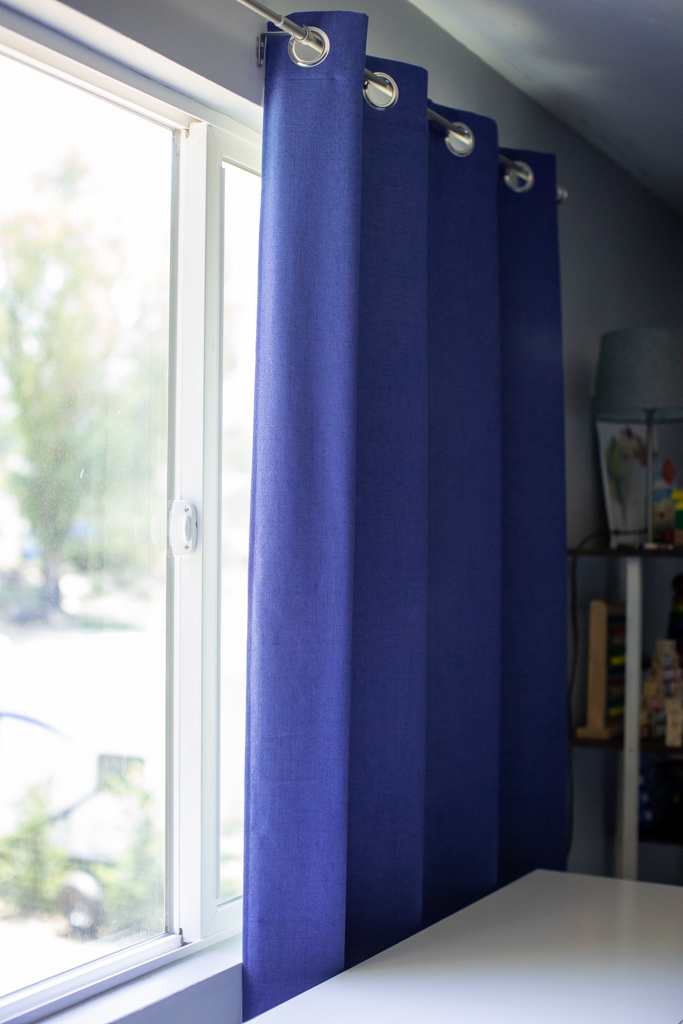Table Of Contents
- The Complete Guide to Fire Ratings for Fabrics in the USA
- What is a Fire Rating?
- What is the average cost to flame proof drapes?
- What is the houston city flame test specification for fabrics drapes?
- What are the Different Types of Fire Ratings?
- What are the Different Types of Fabric?
- How to Choose Which Fabric is Right for Your Needs?
- The Importance of Knowing Your Fabric’s Fire Rating
- Creator Spotlight Video:
The Complete Guide to Fire Ratings for Fabrics in the USA
The guide is a comprehensive resource for understanding the fire ratings of fabrics in the USA. It includes information on how to identify the fire rating of a fabric, what it means, and how to use it.
The guide also includes a list of fabrics with their corresponding fire ratings and an explanation of what each rating means.
What is a Fire Rating?

A fire rating is a measure of how long a fabric will resist the spread of fire. The higher the rating, the longer it will take for a flame to spread through the fabric.
The commercial fire rating for fabric in the USA is determined by ASTM E84. This test measures how long it takes for a flame to spread through a sample of fabric. The higher the number, the longer it will take for a flame to spread through that particular fabric.
What is the average cost to flame proof drapes?
The commercial fire rating for fabric in the USA is not a standard. It is determined by the type of fabric and the use of the fabric.
The average cost to flame proof drapes is $1,000-$2,000 per window.
What is the houston city flame test specification for fabrics drapes?
The commercial fire rating for fabric in the USA is determined by the Houston City Flame Test Specification.
The commercial fire rating for fabric in the USA is determined by the Houston City Flame Test Specification. The test specifies that a fabric must not ignite and continue to burn after being subjected to a flame for 12 seconds.
What are the Different Types of Fire Ratings?
There are three different types of fire ratings that are used in the United States and Europe. The first is the U.S.A. fire rating, which is a measure of how long a fabric will resist burning when exposed to an open flame. The second is the European fire rating, which measures how long a fabric will resist burning when exposed to an open flame and then to water. The third type of fire rating is called the "combustibility" or "self-extinguishing" rating, which measures how quickly a fabric will stop burning after being exposed to an open flame and then to water.
What are the Different Types of Fabric?
Fabric is a material that is woven, knitted, or felted to create a textile. It can be made from natural fibers such as wool, cotton, and silk or from synthetic fibers such as polyester and nylon.
There are many different types of fabric. The most common types of fabric are natural fabrics and synthetic fabrics. Natural fabrics are made from animal hair or plant fiber while synthetic fabrics are made from man-made materials like polyester and nylon.
The most common type of fabric is cotton because it is soft and breathable. It also has a variety of colors to choose from which makes it popular for clothing designers.
How to Choose Which Fabric is Right for Your Needs?
Choosing the right fabric for your curtains is not an easy task. There are so many different types of fabrics to choose from and each one has its own benefits and drawbacks.
The first thing you need to do is decide what type of fabric you want. You can choose between natural fabrics, synthetic fabrics, or a mix of both. Natural fabrics are usually more expensive but they also have a lot more benefits than synthetic ones. They are usually more durable, easier to clean, and they don’t have any chemical smells that might bother you or your family members. On the other hand, synthetic fabrics are cheaper and easier to find in stores but they also have some disadvantages like being less durable and having a chemical smell that might bother you or your family members.
The Importance of Knowing Your Fabric’s Fire Rating
Knowing the fire rating of your fabric is important for a number of reasons. It can help you to make sure that you are buying the right fabric for your project, and it can also help you to make sure that you are using the right fabric in the right place.
Fabric fire ratings are usually given as a number on a scale from one to four, with one being the lowest and four being the highest. The higher the number, the more resistant it is to fire.